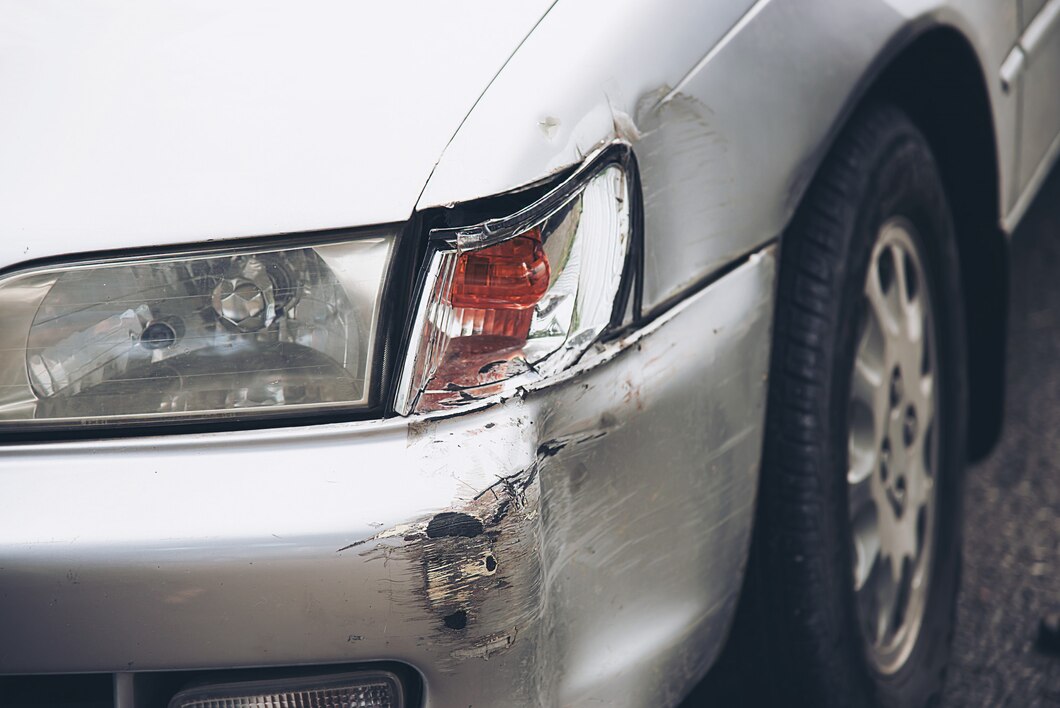In South Africa, vehicle insurance companies classify cars into different codes, namely Code 1, Code 2, and Code 3. These codes play a crucial role in determining the status and insurability of a vehicle, based on its condition following an accident or theft. Here’s a comprehensive guide to understanding what each code represents:
1. Code 1 Vehicles
- Definition: Code 1 vehicles are those that have not been extensively damaged and can be repaired to a condition where they are roadworthy and safe to drive.
- Characteristics:
- Typically, Code 1 vehicles have minor damage that does not affect their structural integrity or safety features.
- These cars can be repaired using genuine parts and are often restored to a condition similar to before the incident.
- Insurance Implications:
- Code 1 vehicles are generally insurable under comprehensive insurance policies.
- Insurance premiums for Code 1 vehicles are usually lower compared to Code 2 and Code 3 vehicles.
2. Code 2 Vehicles
- Definition: Code 2 vehicles are those that have sustained significant damage due to accidents or other incidents but are still repairable.
- Characteristics:
- Code 2 vehicles often have damage that affects their structural integrity or safety features.
- The cost of repairs for Code 2 vehicles may exceed their market value or the insured value.
- Insurance Implications:
- Insuring Code 2 vehicles can be more challenging and may require specialized insurance products.
- Premiums for Code 2 vehicles are typically higher than for Code 1 vehicles due to the increased risk of repair costs.
3. Code 3 Vehicles
- Definition: Code 3 vehicles are those that have been extensively damaged or written off by insurance companies due to severe damage or theft.
- Characteristics:
- Code 3 vehicles have suffered damage that compromises their structural integrity or safety features to a significant extent.
- These cars may not be suitable for road use without extensive repairs and inspections.
- Insurance Implications:
- Code 3 vehicles are often considered uninsurable under standard comprehensive insurance policies.
- They may be sold at salvage auctions or for parts, rather than being repaired for road use.
Understanding the different car codes (1, 2, 3) in South Africa is essential for both buyers and sellers of used vehicles. It helps in assessing the condition and insurability of a car following an accident or theft. Whether you’re purchasing a car or dealing with insurance claims, knowing these codes enables you to make informed decisions and ensures compliance with legal and safety standards. Always verify the code status of a vehicle before finalizing any transactions to avoid unexpected complications or liabilities down the road.











